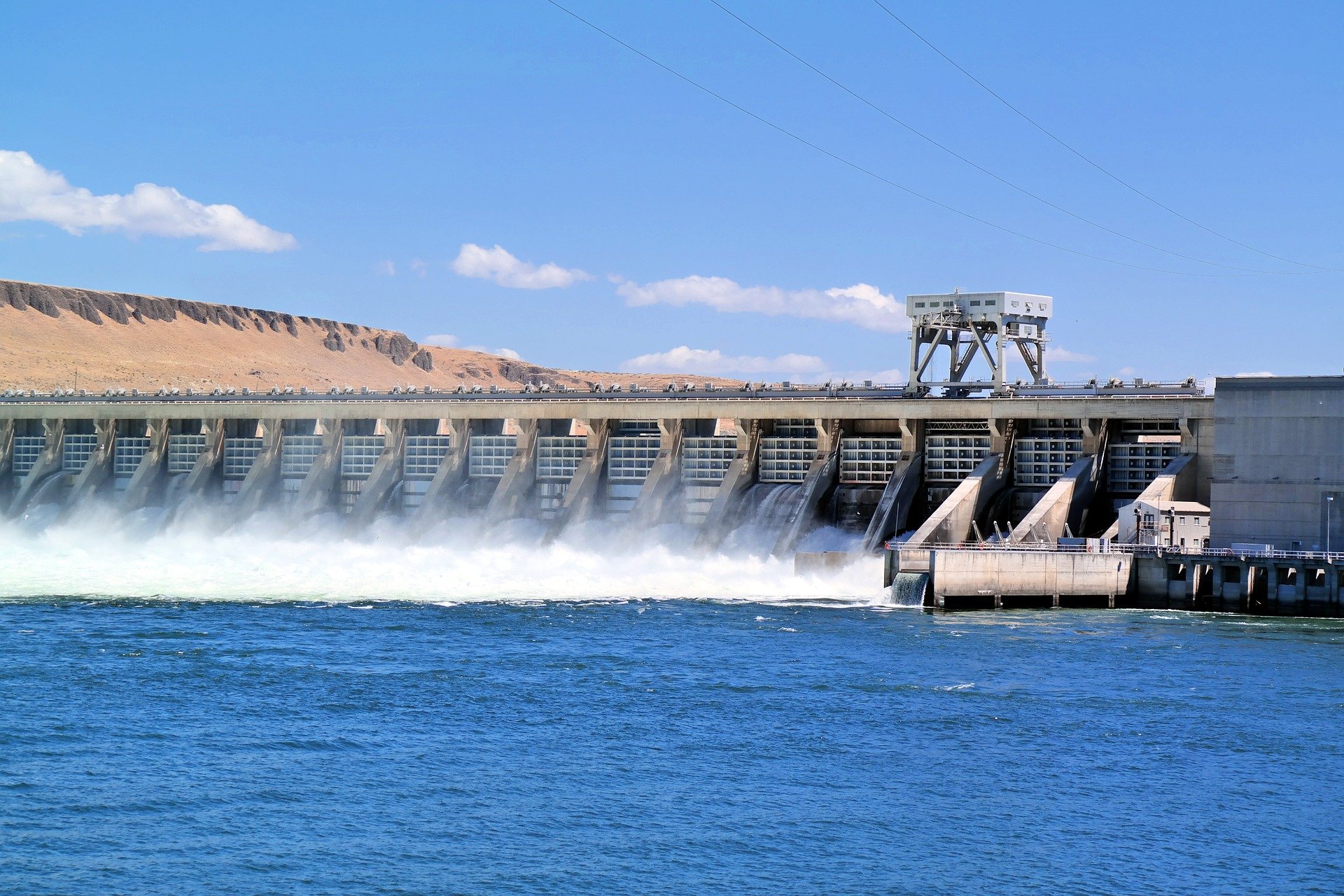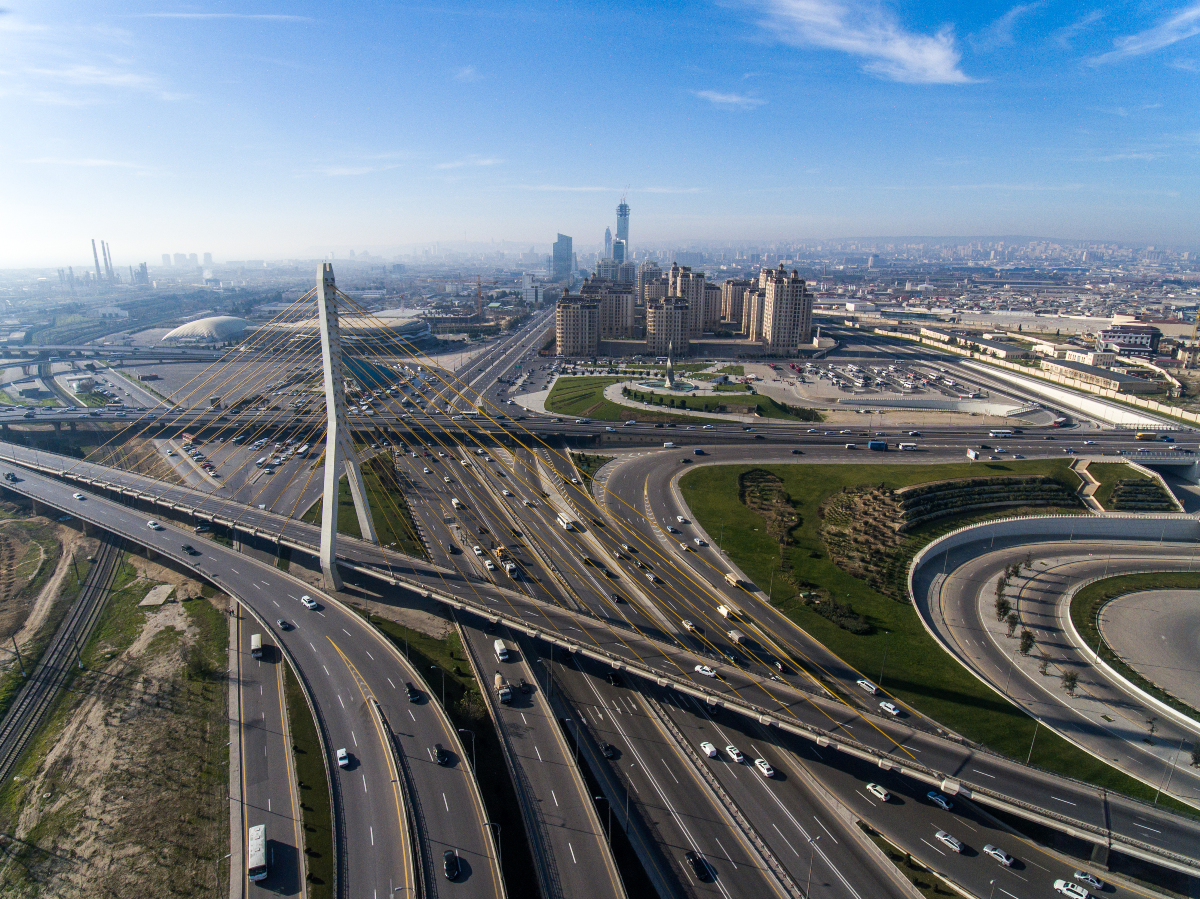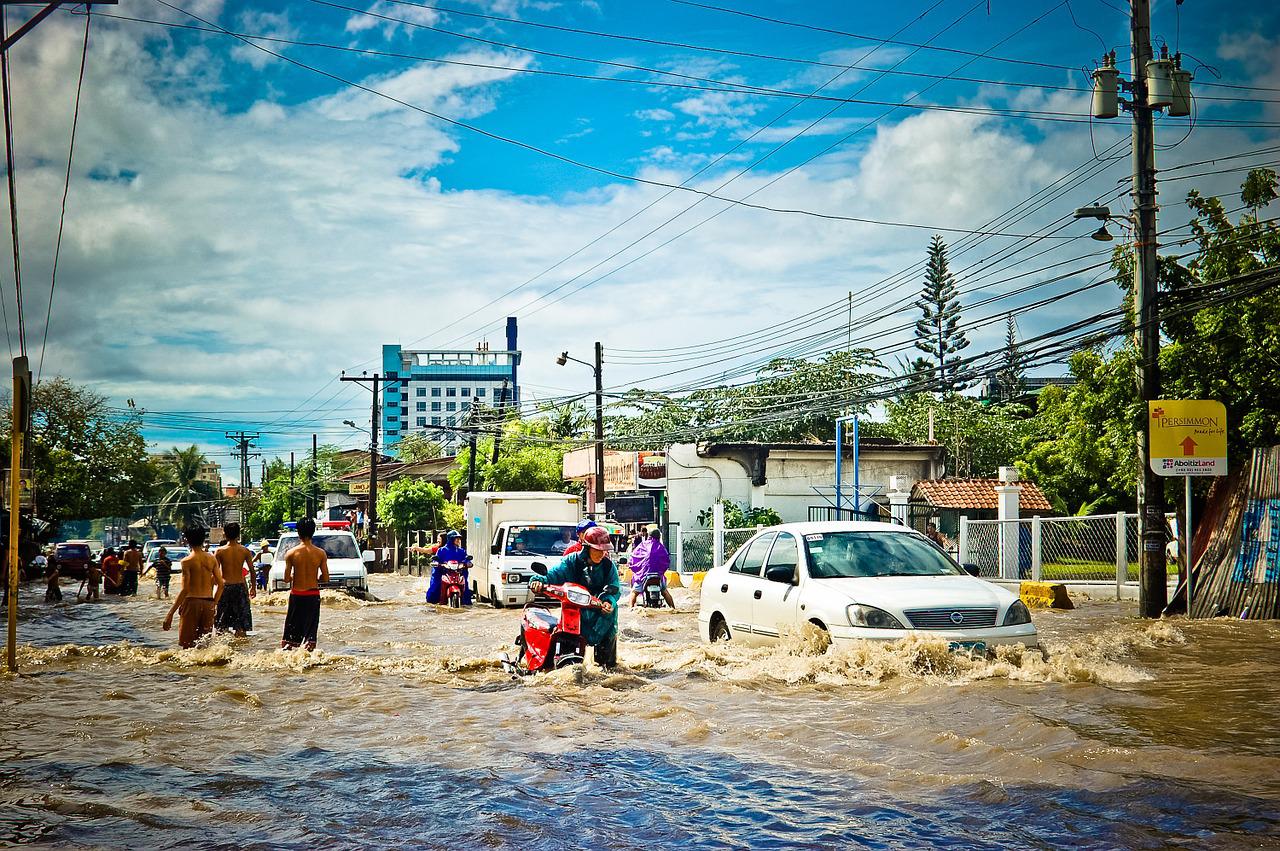
Five Action Points for a Resilient Future
“The global battle to reduce disaster losses by 2030 will be won or lost in Asia and the Pacific” – Mami Mizutori, Special Representative of the Secretary-General for Disaster Risk Reduction.
This statement is a call for transformative action and the Asia-Pacific Ministerial Conference on Disaster Risk Reduction (APMCDRR) in Brisbane from 19 to 22 September 2022, an opportunity to pave the way forward.
The APMCDRR is taking place at the time when the compounding consequences of natural hazards and the COVID-19 pandemic continue to disrupt people and the economies. We must take note of four interrelated trends. First, ESCAP analysis shows that SDG progress has been insufficient and has slowed down in the Asia-Pacific region. The region has regressed on achieving climate action (Goal 13) and sustainable consumption and production (Goal 12) targets. Second, the Global Assessment Report on Disaster Risk Reduction 2022 informs that multiple Sendai Framework targets are not on-track for 2030. Third, this report also notes that direct economic loss and damage to critical infrastructure due to natural hazards has increased substantially over the past decade. Fourth, the latest Intergovernmental Panel on Climate Change (IPCC) Reports (2021/2022) highlight that climate change impacts are set to escalate. Floods, drought, tropical cyclones, and heatwaves in the region are already intensifying disproportionately and many of these trends are now irreversible.
In this context, five actions points that require immediate attention are highlighted below:
1. Manage complex, compounding, and cascading riskscape in the Asia-Pacific region
While countries have learnt to better manage the known and predictable disasters, challenges lie in managing uncertainties associated with unprecedented disaster events with compounding and cascading impacts. In 2021, more than 100 natural hazard events occurred in Asia with 80 per cent being flood and storm events. Floods in India, China, and Afghanistan caused largest fatalities because they were unprecedented in nature. Cyclone Tauktae, the deadliest cyclone in the Arabian Sea, struck India’s west coast. In the Pacific, the volcanic eruption in Tonga presented a cascading risks scenario where large volcano triggered tsunami and storm surges in the vast Pacific Ocean, exposing, and exacerbating multiple critical vulnerabilities. This shows that a strategic foresight and understanding of systemic risk coupled with a robust risk governance framework that serves at all administrative levels is needed.
2. Scale up resilience building measures in emerging and intensifying risk hotspots
The Asia-Pacific region is characterized by distinct hotspots where risk of natural and related biological hazards are either emerging or intensifying with far reaching impacts. The Ganga-Brahmaputra-Meghna basin, a risk hotspot with the largest concentration of poor people in the world, is facing unprecedented flooding since May 2022. The vulnerable communities therewith, in Bangladesh and adjoining Assam, India are impacted not only by floods but also the related waterborne diseases. Solutions like risk informed, impact based early warning systems and related climate services in food, water, health, and energy sectors can play a pivotal role in taking anticipatory action and enhancing preparedness.
3. Scale up resilient agri-food systems
Agriculture continues to bear major brunt of natural hazards. The heatwave that struck India early this year coincided with the critical milking/grain filling stage of wheat crop in mid-March. As a result, India’s wheat yields are down 10 per cent to 15 per cent, dropping forecasted production from 110 to 99 million tonnes for the 2022-23 marketing year. Further, the Russia-Ukraine conflict has disrupted wheat exports from the Black Sea region, impacting the global markets with price rise and shortages. A comprehensive risk management approach is a critical means to make food systems, especially the agri-food production more resilient. A good example is the adoption of the ASEAN Regional Plan of Action for Adaptation to Drought (ARPA-AD), which follows the Ready for the Dry Years publication series co-produced by ESCAP and the ASEAN Secretariat.
4. Establish resilient infrastructure
A recent report by ADB highlights that from 2012 to 2021 alone, infrastructure failure due to insufficient resilience capacity contributed to about 80,729 disaster-related fatalities in the region. Indeed, critical infrastructure sectors (energy, water, transport and ICT) must be disaster resilient. The Asia-Pacific Disaster Report 2019 notes that highly exposed critical infrastructure also results in high economic losses and disruptions to economic activities. For instance, a third of energy power plants, ICT fibre-optic cables, and airports and over 42 per cent of road infrastructure in the region is in risk hotspots. Hence, new generation infrastructure that comprises a combination of grey and green infrastructure, as well as digital innovations is a key solution.
5. Accelerate transformative adaptation
The latest Nationally Determined Contributions bring forth the growing commitment to adaptation with many countries noting water, agriculture and food security, ecosystem and biodiversity, and health sectors as top adaptation priority areas. Over 80 per cent of Parties in the region have included climate services-related activities with the majority being the Least Development Countries and Small Island Development States. A shift towards the water-energy-food nexus approach can potentially transform adaptation outcomes with inter-sectoral synergies and convergence of policy actions. For transboundary hazards that represent shared vulnerabilities and risks, adaptation measures must include integration of the climate change scenarios into various medium and long-term plans, at the national and sub-regional levels. Hence, transformative adaptation must be risk informed at all levels – regional, subregional, national, and subnational. Further, frontier technologies can help scale transformative adaptation in the riskier times ahead.
Sanjay Srivastava is the Chief of Disaster Risk Reduction at the UN Economic and Social Commission.
Sapna Dubey, Consultant, Disaster Risk Reduction Section, IDD
Soomi Hong, Associate Economic Affairs Officer
Madhurima Sarkar-Swaisgood, Economic Affairs Officer
The views and opinions expressed in this blog are those of the author and do not necessarily reflect those of the Coalition for Disaster Resilient Infrastructure (CDRI).


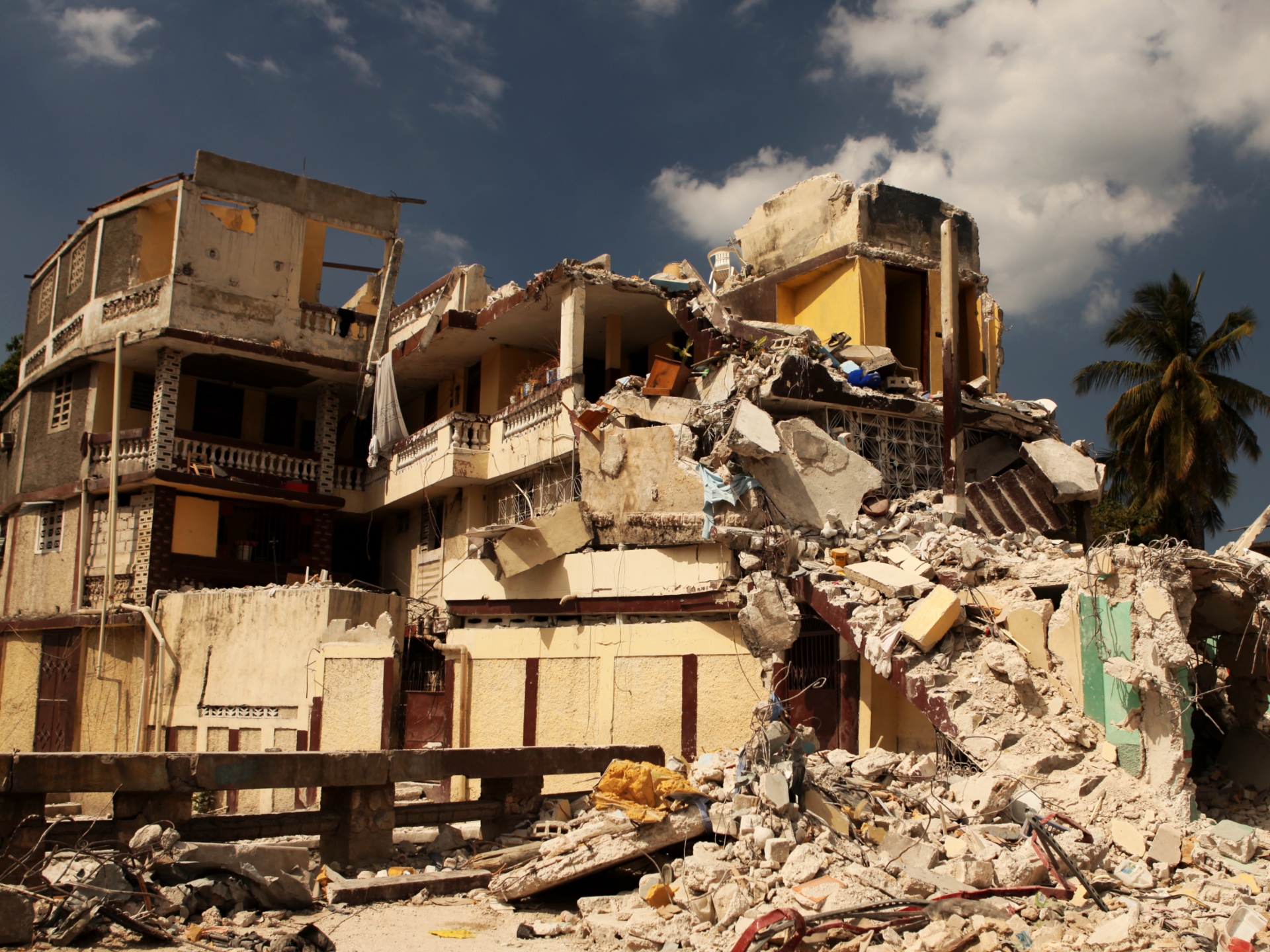
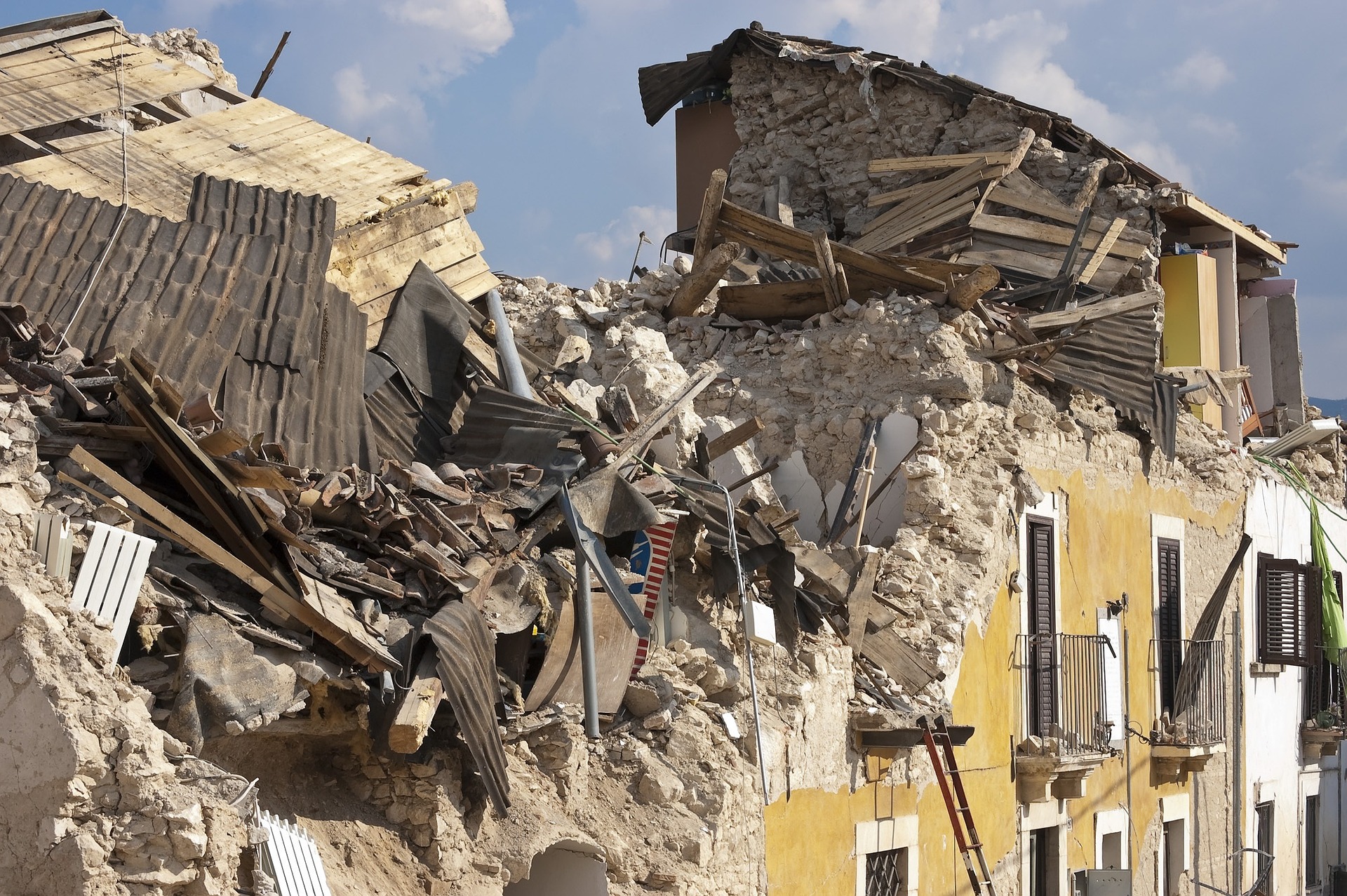
.jpg)
.jpg)
